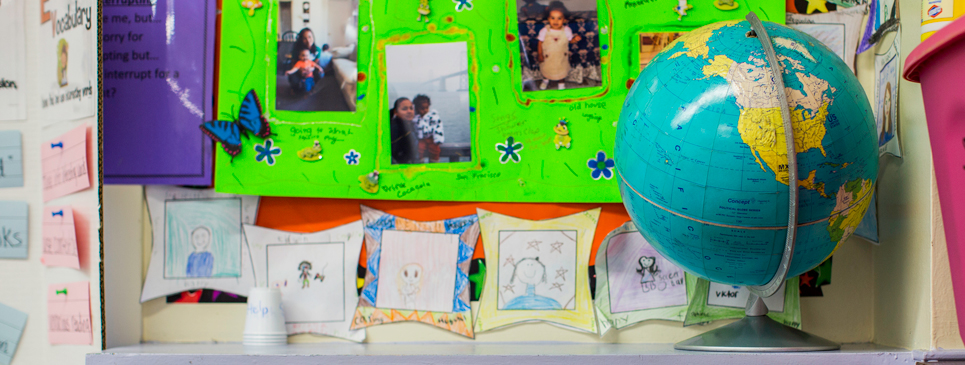In Chris Hayes’ classroom at Westergard Elementary School in Reno, Nevada, debating American history is just a normal part of the school day. On this March afternoon, the class is learning about Ulysses S. Grant when it comes up that one of Grant’s most important victories in the early years of the Civil War was at Vicksburg, Mississippi. Eager discussion ensues about why it was so important for the Union army to control the Mississippi.
After some partner talk, Owen offers a theory to the group: “The Union can travel down the Mississippi River and come in from both sides and corner the Confederacy.”
His classmate adds on. “It’s important to have the river because it’s faster than going on land the whole way.”
Ms. Hayes asks if they can think of another historical moment when the Mississippi River was particularly important. Hands shoot up.
“During the War of 1812,” explains Colin. “We fought Great Britain to try to get control of the Mississippi River.”
“Why was it so important?” asks Ms. Hayes.
“Because then we could use it to send stuff to other places.”
They go on to debate whether Grant is better described as “stubborn” or “brave,” and compare him to both Clara Barton and Garfield.
The cat, that is, not the president. Which seems appropriate, because these are second graders.
Their unit on the Civil War is part of Core Knowledge, the literacy curriculum aligned to the Common Core State Standards that Westergard has adopted in recent years. In Core Knowledge, students build reading, writing, speaking, and listening skills through units on topics like Westward Expansion, the War of 1812, and Ancient Asian Civilizations. They are becoming literate while also becoming informed—and the two goals support each other.
“We hear kids this age having complex conversations with each other, and our reaction is that it’s cute. But it isn’t cute. It’s what we should be expecting them to do,” Ms. Hayes says. “The kids are engaged. They think learning is fun. But I don’t teach this way because it’s fun. That makes it too simple. What we’re doing for them is very important.”
After Ms. Hayes finishes reading out loud to the class about Grant, the kids disperse to tables to write. This is a chance for them to put their initial thoughts down, completely unstructured, as they always do when they’re learning about a new topic.
At one table, Abril, 7, scribbles away, describing Grant as a “civil war general” who was “a really brave man.” She hasn’t heard of Grant before today’s lesson, but she explains that she knows about him from “listening to the story.”
Abril’s strength is math, her teacher says. She’s still building her English language skills. Is it a lot to ask her to listen to new information about American history, talk about it with her classmates, and write independently about it?
Sure, says Ms. Hayes. But that’s the point, and Abril’s not fazed. She likes learning from stories. “It tells me what’s going on. Listening and learning is fun,” she says quietly, before returning to her paper.
“Some people think it’s not appropriate for English language learners, or students with any kind of learning challenges, to do this work. They think it goes over their heads,” says Ms. Hayes. “To me, it’s a civil rights issue. Who are you to decide what they can and can’t access?”
The read-aloud portion of Ms. Hayes’ lesson is critical for giving all her students the challenging, grade-level-appropriate content they need, even if they’re not ready to access it independently. Especially in the early years, students are able to process much more complex ideas through listening than through reading. So when Abril listens to that story on Grant, she’s accessing more complex syntax, vocabulary, and ideas than she would get from a text she’s currently able to read on her own. And listening comprehension supports reading comprehension—so if students don’t get exposure to challenging texts read aloud to them, it’s actually harder for them to move ahead with their reading.
Looking around the room, from Abril to Owen and all their classmates, there isn’t a child here who seems disengaged—or flummoxed—by the challenges Ms. Hayes is putting in front of them.
“There is a strong belief that if we give them things that are too hard for them, we’ll frustrate them, shut them down,” says Ms. Hayes. “They will quit school, go home, and cry. They don’t, obviously. Nobody’s crying. Everybody’s happy doing this work.”
Judging from the eager buzz of conversation around the room, it certainly seems that way.



